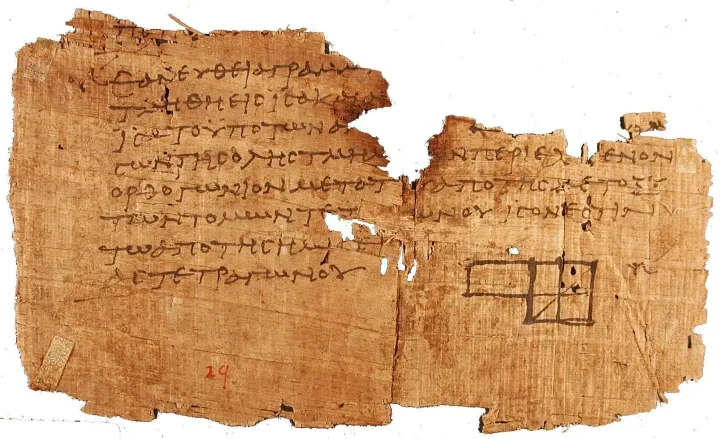The Solitary Magpie
One for sorrow, two for joy. Three for a girl, four for a boy. Five for silver, six for gold. Seven for a story yet to be told.

I saw a single Magpie today. As the rhyme foretells, “One for Sorrow.” It did not stick around long enough, nor do I know enough about ornithology, for me to determine if it were a juvenile or an adult. Regardless, I failed to salute it. I did not get the impression that it had lost its mate, though a quick glance revealed no sign of another; nor did it appear to be in search of carrion. It was just there.
It cocked its head like a crack-whore seeking to score. I averted my gaze, though I do not know why. Finally, as I heard it ruffle its feathers as if to alert me of its forthcoming departure, I turned my head and addressed it. “Hello Jack. How is your brother?” It turned, cocked its head once more and flew away.
Later, for some reason, I had a fleeting thought about the magpie. I had addressed it as Jack. Jack, oh Jack, oh Jackdaw. I was walking; my mind went awash in thought…
Crack-whore, Jackdaw, hack saw, tax law.
She sells, seashells, down by the crack-whore.
Jackdaw flew swiftly through the back door.
Flew high, night sky, moon’s high, horse-fly.
Draw nigh, deep sigh, white lie, magpie.
Lone bird, no word, absurd, thoughts blurred.
No mate, ’tis late, as fate, dictates.
Faint chirr, fate bird, no third, unheard.
A myth? Be swift, fly then, omen.
Is it to sleep the sleep of death, or fortune’s folly?
Aside: The Tower of London Ravenmaster
On the subject of magpies and jackdaws, I saw a short, informal interview with the current Ravenmaster of The Tower of London, Christopher Skaife, and learned some lore of which I was previously unawares. The myth of the ravens at The Tower goes back to the reign of Charles II when he became king of England, Scotland, and Ireland post-restoration of the monarchy: 1660-1685, when wild ravens still lived in London. (He considered them to be good luck.) He was warned that the crown would fall if the ravens ever left. However, the earliest record of ravens being kept, confined—as it were, in the tower was in 1895. It is said that the confining of the ravens had something to do with the popularity of Edgar Allen Poe’s work of the same name (1845), which spawned a kind of “raven craze.”
There are other tales about the ravens being officially confined to the tower around the time of WWII, likely as a response to the horrors of the air raids. The people had something to put their faith in as long as the ravens were still at The Tower. The first recorded reference to the legend dates to this period, and the first Ravenmaster was installed shortly after the war: 1950. (Christopher is only the 6th person to hold the title.) Contrary to belief, the ravens’ wings are not clipped; they can fly. Christopher says that he does trim them so that they are uneven; it is difficult for them to fly any distance. (Not that they have not tried.) Why would they want to leave? They are cared for, fed, and given shelter; there is no reason for them to take wing and fly away.
There was Munin, a 21-year-old female who took it upon herself one morning to go exploring. Christopher admits that he was out-of-sorts that morning; he was not careful when he removed Munin from her cage to trim her wings. Munin recognized the opportunity and was off. She was gone for seven days before he received a call from the Royal Observatory in Greenwich asking if one of The Tower ravens had escaped. Christopher talked the man through catching her (a dead mouse, thick gloves, and a towel). He then made his way to Greenwich. She spent her remaining days confined to her, very large, cage. She was the last to be held captive at The Tower.
When I was on my first trip to London, I did all the touristy things, including going to The Tower of London. I had heard the myth of the ravens. Until that time, I believed ravens to be just a type of overgrown crow. Not so. Ravens and crows are related only by virtue of them both being black birds. They are different species entirely. The ravens are enormous! They did not seem to be bothered by all the people hanging about for a photo-op.
There are seven of them; legend says that there are six (by royal decree), but there is a “spare” in case something happens (you never see more than six out at any time). They all have names, and they know their names. Two of the current ravens are wild, the other five were bred in Somerset. Christopher said that they are very intelligent and have great memories. To that end, he is fond of all the ravens, but that feeling is not entirely reciprocated.
Fascinating stuff.



 Support Us
Support Us
Comments ()